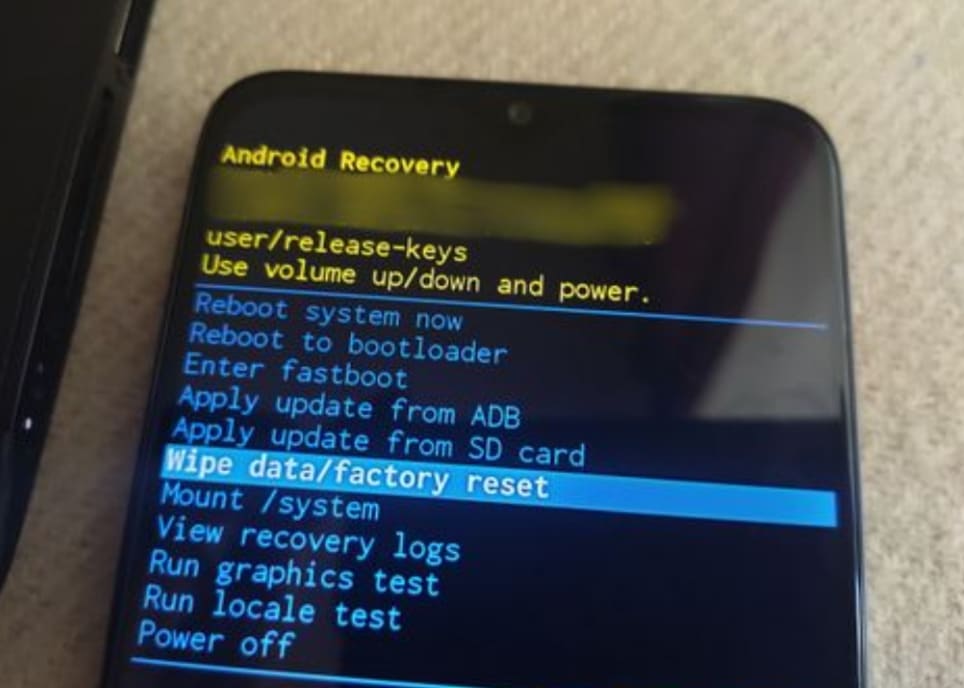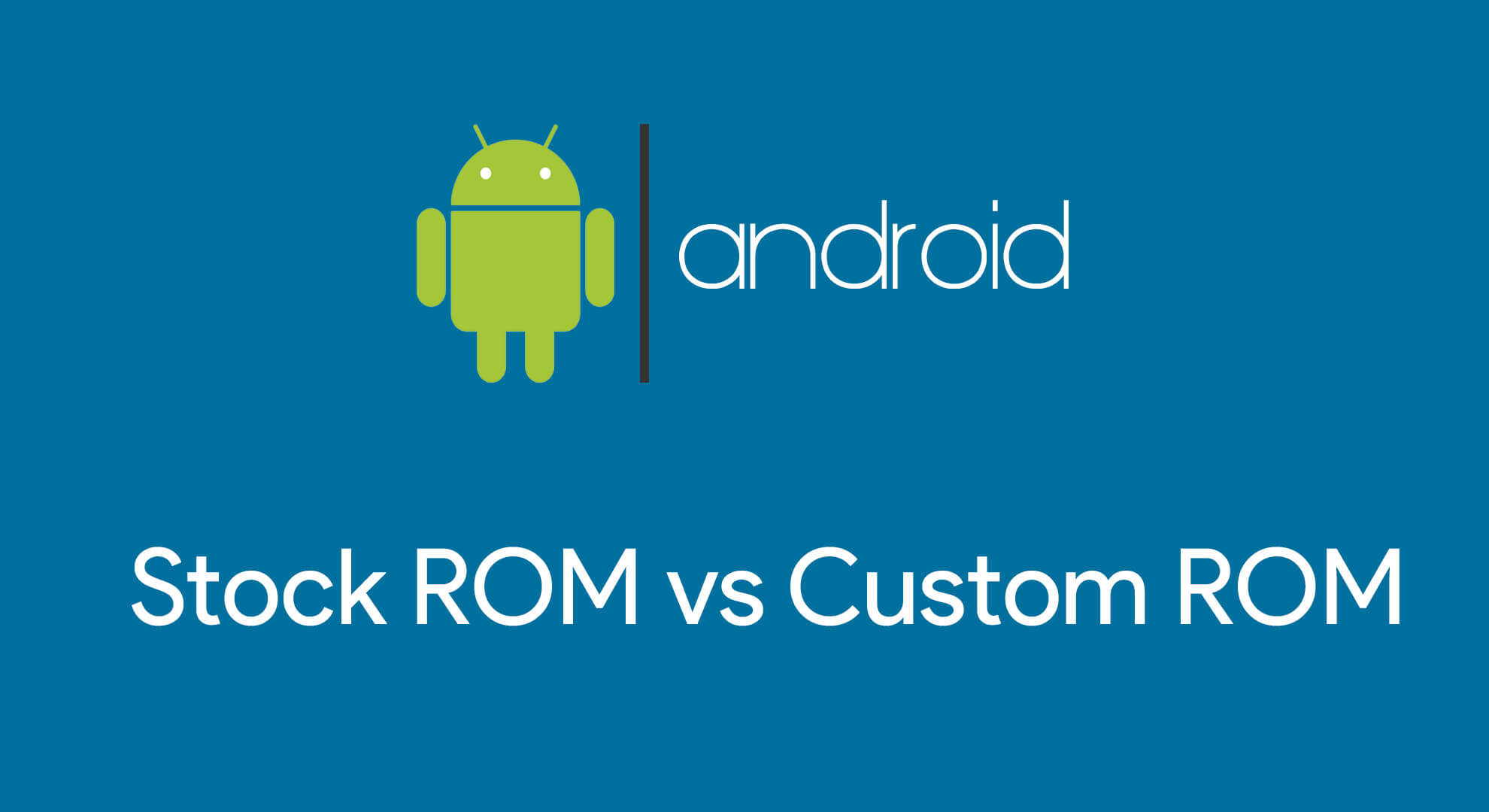Generic System Images were introduced with the launch of Project Treble in 2017. However, what are GSIs and how do they differ from other modified ROMs? Let’s look on the Difference between GSI on Android and a Custom Rom through this article.
Google made the biggest modification to Android’s underlying structure since it was first published in 2008 with the release of Android Oreo in 2017. Not only did it make it easier for OEMs to bring out updates, but it also gave rise to GSIs, or generic system images, as a replacement for bespoke firmware.
Many people talk about more facts regard this Difference between GSI on Android and a Custom Rom, Let’s look more further.
This topic has undoubtedly come up a few times in the context of modified ROMs. However, the question remains: what is the Difference between GSI on Android and a Custom Rom?

Generic System Images: What Are They?
When we need to know what is the Difference between GSI on Android and a Custom Rom, we need to know about Generic System Images too.
Most traditional custom ROMs, such as LineageOS, are created from source code with one specific device in mind.
This means that the ROM contains not only a system image, but also a kernel, as well as all relevant device blobs and libraries, as well as other hardware-specific code, required to not only replace a phone’s original firmware, but also to make the majority of its components and features operate.
This has benefits, but it also has a number of drawbacks. Because custom ROMs are written and compiled particularly for one phone, a developer or maintainer can spend more time fixing any device-specific flaws that may arise, such as faulty Wi-Fi or cameras.
However, this type of ROM requires a developer—or, more typically, a team of developers—to do the legwork and get a custom ROM working on a new phone. This necessitates a great deal of reading, testing, and trial and error. You might not be able to install a custom ROM on your phone at all if no one is willing to help.
In this perspective, 2017 was a watershed moment. Google unveiled Project Treble with Android Oreo, which effectively modularizes and isolates lower-level, hardware-specific code from the Android operating system.
The system image is simply a layer that is put over the lower-level code, allowing you to swap out the operating system without disturbing the bottom layer. GSIs, or generic system images, were born as a result of this, and may now be used on several phones.
This change was made to solve difficulties with OEMs releasing Android updates slowly and inefficiently. However, it was also a game-changer for the modding community.
While device-specific custom ROMs existed and continue to exist, developers also create GSIs, which can be installed on any Android smartphone. The only need is that it has a bootloader that can be unlocked.
Is there any Difference between GSI on Android and a Custom Rom, If I use a GSI?

There may or may not be, depending on your unique device. The thing about device-specific ROMs is that they require a developer to commit their time and attention to the device in question. So, that’s depends on you to make a Difference between GSI on Android and a Custom Rom.
If an issue does arise on such kinds of ROMs, the developer will be able to focus on correctly correcting it.
GSIs, on the other hand, don’t attract nearly as much attention because they’re designed to work on every Android handset. To the developer community’s credit, massive efforts are made to address device-specific problems and flaws on those GSIs so they work better on the widest possible range of phones.
But it’s difficult to solve everything for everyone, and unless your problem affects a large number of people, it’s unlikely to be high on a developer’s priority list.
That isn’t to suggest that GSIs aren’t useful. They’re the only option to get custom ROMs on a number of phones, and they’re perfectly acceptable for everyday use on the vast majority of smartphones. However, if your phone supports a device-specific custom ROM, that’s definitely a better alternative.
Otherwise, a GSI is a viable option. Check if other individuals with the same phone as you are using GSIs, and if they are, take note of any troubles they are facing. Also, if you come across something, report it. So, now you know more about the Difference between GSI on Android and a Custom Rom.
Everyone can benefit from custom ROMs.

If you’re going to get into Android modification, device-specific ROMs are always the best option. However, if none are accessible, a GSI may be your best option.
It’ll let you run an alternate Android experience on any phone as long as it’s Project Treble compliant. Hopefully, you now understand the Difference between GSI on Android and a Custom Rom. Hope this article is helpful for you.
Need to know more , click below links and get the knowledge:
Unlocking the bootloader is an important aspect of the Android modification process. Let’s see How.
If you’re not sure about how to install a custom ROM on Android. Click Here.
If you need to know more about the Run Linux on Your Android Devices. Read here.
Your phone is bricked? Try these 4 Methods to Unbrick Your Android Phone. Read Here.
Do you need to know about the most popular Android ROM : LineageOS. Click Here.
Worry about How to Set Up and Use ADB Wirelessly With Android. Find here.
Wanna know about CopperheadOS: The Secure, Private, Google-Free Android ROM. Read Here.



